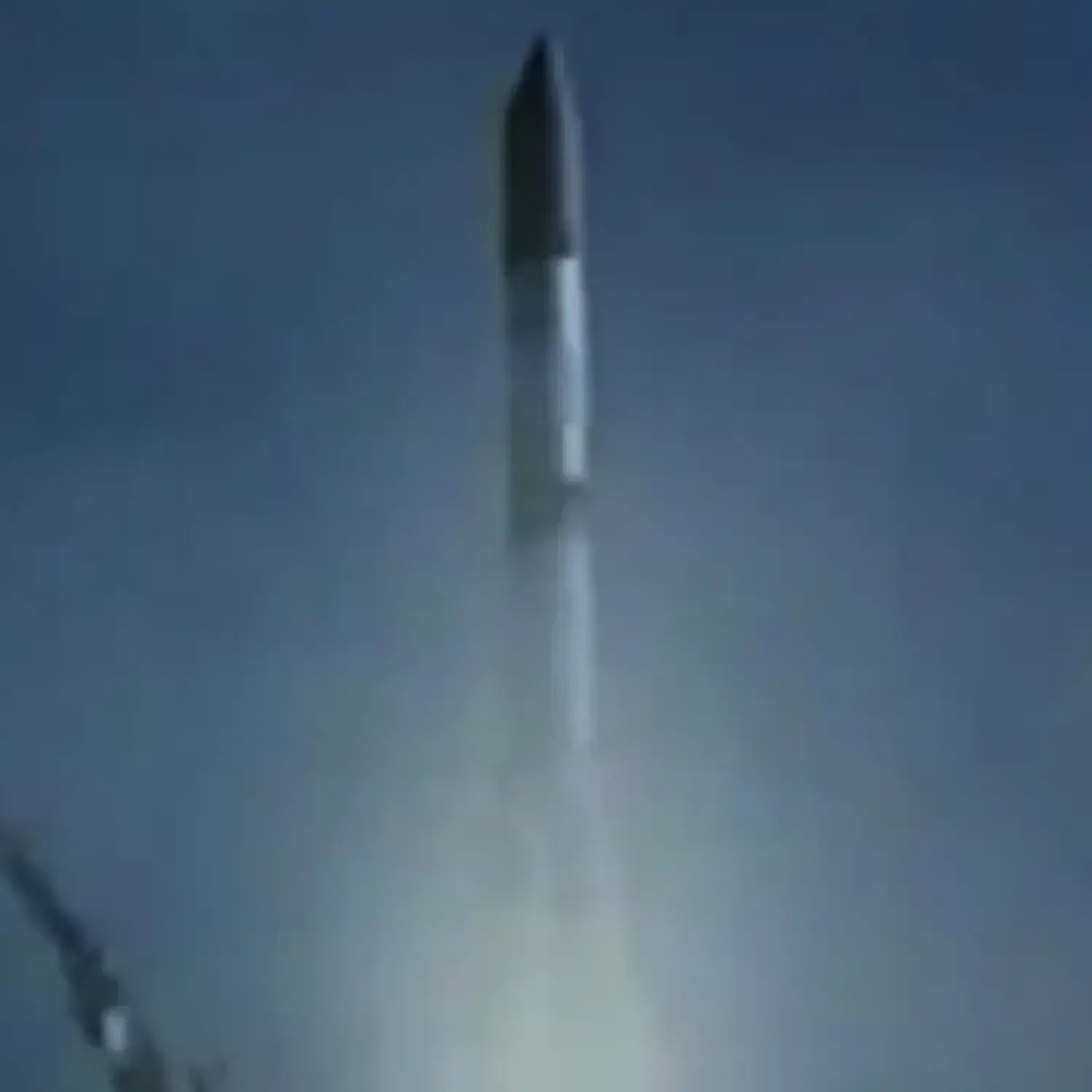Luna 13
Launch Success
Liftoff Time (GMT)
10:17:00
Wednesday December 21, 1966
Mission Details
Launch Notes
Third soft moon landing.
Luna 13
The Luna 13 spacecraft was launched toward the Moon from an Earth-orbiting platform and accomplished a soft landing on December 24, 1966, in the region of Oceanus Procellarum ("Ocean of Storms"). The petal encasement of the spacecraft was opened, antennas were erected, and radio transmissions to Earth began four minutes after the landing. On December 25 and December 26, 1966, the spacecraft television system transmitted panoramas of the nearby lunar landscape at different Sun angles. Each panorama required approximately 100 minutes to transmit. The spacecraft was equipped with a mechanical soil-measuring penetrometer, a dynamograph, and a radiation densitometer for obtaining data on the mechanical and physical properties and the cosmic ray reflectivity of the lunar surface. Transmissions from the spacecraft ceased on December 28, 1966. Luna 13 became the third spacecraft to land successfully on the surface of the Moon (after Luna 9 and the American Surveyor 1). The probe landed in the Ocean of Storms at 18:01 UT on 24 December 1966, between the Krafft and Seleucus craters at 18°52' north latitude and 62°3' west longitude. Unlike its predecessor, the heavier Luna 13 lander (113 kilograms) carried a suite of scientific instruments in addition to the usual imaging system. A three-axis accelerometer within the pressurized frame of the lander recorded the landing forces during impact to determine the soil structure down to a depth of 20 to 30 centimetres (7.9 to 11.8 in). A pair of spring-loaded booms was also deployed. One of these booms carried a penetrometer, designed to measure the forces required to penetrate the lunar regolith – the penetrating force being supplied by a minute explosive charge. The other boom carried a backscatter densitometer that was used to infer the density of the lunar near-surface regolith.
Lunar orbit
1 Payload
1,620 kilograms
Rocket


Manufacturer
RKK EnergiyaRocket
Height: 44.23m
Payload to Orbit
LEO: 6,200 kg
GTO: 2,400 kg
Liftoff Thrust
4,391 Kilonewtons
Fairing
Diameter: 2.58m
Height: 6.74m
Stages
4
Strap-ons
4
Launch Site
Stats
Molniya-M
7th
Mission
6th
Mission of 1966
RKK Energiya
218th
Mission
53rd
Mission of 1966
1966
128th
Orbital launch attempt